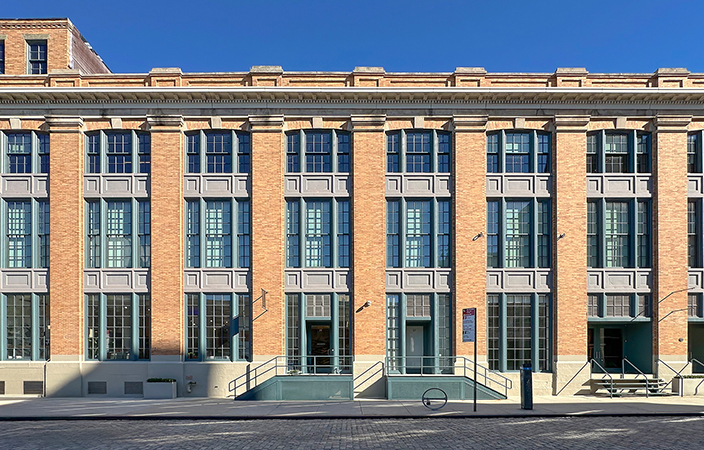Is architecture really frozen music? - by William Gati

A building is unique because of its shapes and styles, and musical composition is unique because of its melody and rhythm. When we compare music to architecture, we observe they are very different mediums, yet we see that they are both similar in that they are works of art.
Architecture and music have commonalities in terms of sensing and perceiving forms, structures, harmonies, rhythms, and tonality. We feel space and volume and sense music in the same way. When we perceive architecture, we see it as a shelter that envelops and protects us from the environment. Music has similar qualities, surrounding, protecting and making us feel safe and comfortable. We look at our house as healing and soothing. Did you ever feel wrapped and covered by a musical composition? Did you ever feel that architecture was loud or soft? Did you ever think that a concert hall either enhanced or detracted from your experience of hearing a performance?
The architect is a composer of form and space. Their plans form the composition, which includes many layers of tones, volumes, and textures. A piece of music cannot be performed if it is not directed by a conductor or interpreted by a trained musician. Just as music requires a conductor for its work of art to be heard, an architect must instruct the contractor or builder through his drawings to complete his work of art.
It is also possible to view the builder as a musician whose goal is to carry out a well-executed job that reflects what was planned on the drawings by the architect. Without a doubt, the contractor’s interpretation of the architectural drawings is critical here; plenty of leeways can occur, so both the builder and the contractors come into play as contributing artists with the architect.
Here is where it gets tricky: musicians know their audience consists of people who can hear, observe, and interpret their music. Some of these musical aspects can apply to the contractor and builder’s audience, the individuals who will later have to walk through their newly designed spaces. The experience of the art that the architect wishes to portray becomes a reality as the individual moves across the area they created.
It is only one note an individual will hear if the musical performance does not move them. When you hear music and become engaged, it is the sensation of hearing its harmony in the diverse types of textures, intonation, genres, rhythms, and so on that the music has to move you.
When architecture lacks variation and harmony, it becomes unappealing to its occupants and visitors. Many of today’s music and architectural designs do not consider how people will sense and perceive them. I believe today’s music can also be loud, brash, and unpleasant.
One of the goals that I want to achieve is to discover architects, engineers, builders, and contractors who also share a passion for being a musician, composer and vocalist. I intend to compare their architectural and musical creations and draw parallels. The result will be to develop a book, website, or group on a social media platform to expose these talents that many of us may have for others to see.
I am particularly interested in the opportunity to investigate the movement that architecture and music may share and how people might have comparable experiences with them. I ask my readers if you have any buildings they have designed or any that impact their musical expertise to please get in contact with me. We can discuss this further by email or phone to become involved with the book I am writing.
On another note, our architectural firm integrates 3D visualization and walk-throughs that feature music in the background to convey a better experience for our clients who do not know how to read floor plans. Our architecture is also inspired by various musical styles, characteristics, and textures. Therefore, if this is something that you would like to investigate with us, please feel free to reach us.
Furthermore, we design beautiful spaces incorporating music, such as concert halls, churches, temples, music schools, clubs, venues, and even private residences with music rooms. We are sensitive to how acoustics play an essential role in space and come up with ideas to set up a place for the best musical experience possible.
William Gati is principal of Architecture Studio, Kew Gardens, N.Y.
SABRE coordinates sale of six properties totaling 199,845 s/f


Lasting effects of eminent domain on commercial development - by Sebastian Jablonski

Lower interest rates and more loan restructuring can help negate any negative trending of NOI on some CRE projects - by Michael Zysman

Strategic pause - by Shallini Mehra and Chirag Doshi








.jpg)
.gif)
.gif)